Regardless of if
it’s a startup or an established company – growth is the only valid metric that
dictates the company’s success.
A startup must
grow quickly – acquire more users and revenue, to circumvent the risk
of failing (90% failure rate!).
On the other
hand, larger, more established companies are at the risk
of becoming irrelevant ($1 trillion at risk in U.S. based companies
alone!).
They must focus
on pulling in more customers and
retaining them as users.
This is where
growth hacking comes in.
What is Growth Hacking?
Growth hacking pertains to using low-cost techniques to bring about growth – typically by pulling in new users.
Growth in this context can also mean selling more products or retaining existing customers by intensifying brand exposure and interaction.
The term ‘Growth
Hacking’ first emerged in 2010. Sean Ellis coined it, and its ideology brought
about a fast track marketing culture that is booming away.
Loads of
companies, most notably tech-oriented startups began to employ these
strategies. The growth tactics generated more leads, boasted higher conversion
rates, and significantly increased both brand awareness and perception.
Source: https://www.marketingcharts.com/customer-centric/analytics-automated-and-martech-29037/attachment/ifbyphone-growth-hackers-and-marketing-metrics-apr2013
According to the State of Inbound, generating leads and
traffic are two of the most challenging goals that marketers struggle with.
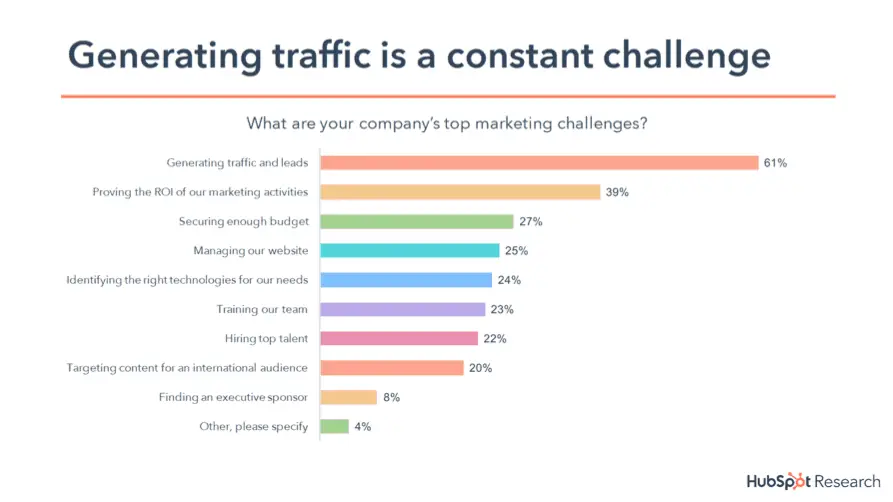
Source: https://cdn2.hubspot.net/hubfs/3476323/State%20of%20Inbound%202018%20Global%20Results.pdf
Not only does
growth hacking enable marketing teams to overcome these challenges, but it also
allows them to track their progress and will enable them to make amends along
the way.
The marketing
industry changes its focus every
few years as a response to change in trends.
Growth hacking is
an in-demand skill, and the trillion-dollar
industry has morphed to adopt it as a critical marketing tool.
Here is a brief
rundown of how growth hacking is done.
How to do Growth Hacking:
‘Growth hacking’
is an umbrella term – and there are multiple strategies that can be employed to
boost growth.
Here are some of
the effective broad growth hacking tactics anyone can try:
Blogging: People from
across the globe use the internet to scour for entertainment, information, and
opinion. Content consumption is now an integral part of daily life.
Creating
and putting up high-quality content is a super effective growth tactic.
Email
marketing: Integrating an email form to a website and building a mailing list is
one of the most effective ways of increasing brand interaction.
The
average ROI for email marketing is $38 for every dollar invested.
CTAs: Regardless of
what the website is about, having a call-to-action is a must.
CTAs
are more effective
than Google’s AdWords.
Supplying
value for free: Be it a monthly newsletter, an e-book, or a trial for your services,
offering free stuff to your visitors is one of the best ways of improving brand
engagement.
Free
trials average
a 60% conversion rate.
Looking at other
brands’ approaches to growth in the market and their circumstances will help
you better understand which tactic is best suited for any given situation.
Here are 15 companies that hacked their growth in the market.
Incredible
Examples of Growth Hacking:
#1. Uber
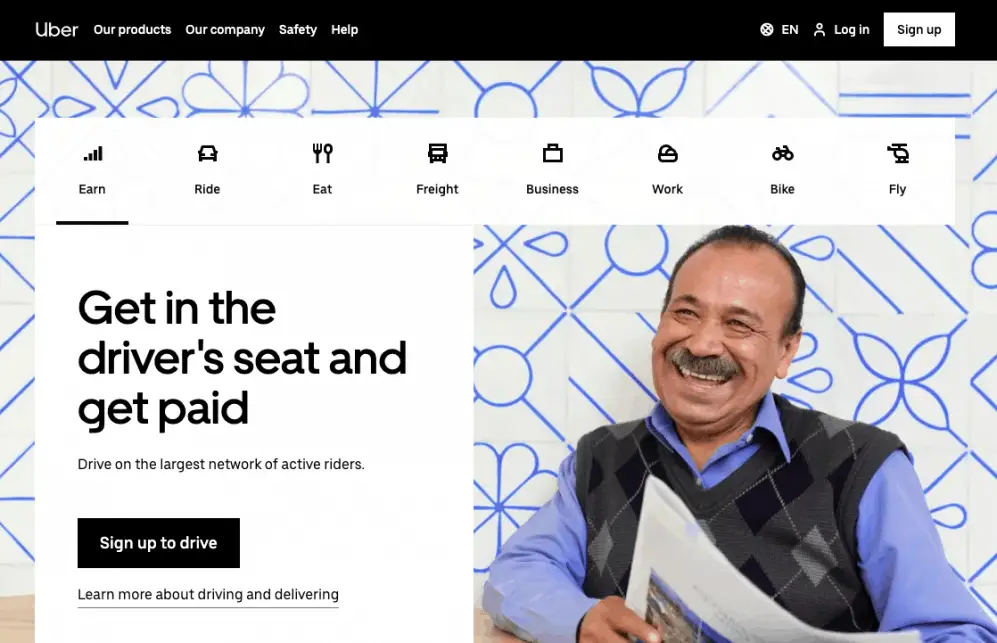
This ridesharing behemoth boasts 110
million users worldwide and dominates the ridesharing market, holding
a 70% market share.
As reported by Statista, the
ride-sharing platform generated a whopping net revenue of $11.3 billion in 2018 alone and is currently valued at $76 billion.
One of Uber’s most compelling growth tactics is their referral
program. They have a separate
referral program for drivers and passengers.
92% of all consumers
trust recommendations from friends and family more than advertising. Leveraging
word of mouth in this way, and offering free rides to both referrer and the new
customer expanded their userbase exponentially.
Their review system was an instant
hit and made it easier to avail of quality services.
Another super useful growth hack Uber uses to date is the viral
promotion tactic. Although this tactic may seem simple, every
such promotion makes brand engagement go through the roof.
#2. Airbnb

Over two
million people check into an Airbnb every night.
In 2017, Airbnb reported a gross revenue of $2.6 billion. The company is valued at $38 billion and claims to have generated over a billion dollars in gross revenue in the second quarter of 2019.
Airbnb’s famous Craigslist growth hack dates back to the company’s
‘lift-off’ stages around
2010.
They realized that Craigslist had a massive userbase that Airbnb can
utilize. The founders also realized that the people on Craigslist represent
their ideal target audience.
So, they began to ask hosts also to post their listings on Craigslist.
A little later, a bot was built that would automatically post new Airbnb
listings to Craigslist.
Another effective, but slightly grey-hat marketing tactic Airbnb used
initially is Craigslist
listing farming. If a user posts a listing on Craigslist, they’d
receive an email from a “fan” recommending Airbnb to them.
More often than not, the person would jump ship and post to Airbnb
instead.
#3. Instagram
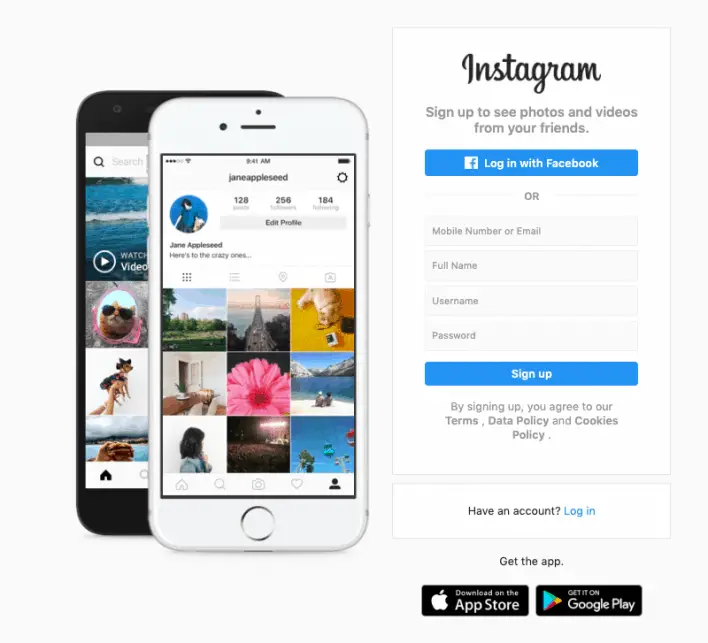
It is one
of the most popular social media platforms. Instagram has over
a billion active users and is the second
most-preferred social media platform.
According to Statista, Instagram generated
$6.84 billion in 2018 and will make
at least 14 billion dollars in 2019. The platform is worth over $100
billion.
A product as polished as Instagram for image sharing didn’t exist back
in 2010. The great idea and execution fuelled the company’s rapid growth.
It grew so fast that the founders
struggled to keep it from crashing from all the new
users flooding in.
Facebook bought Instagram for $1
billion in 2012, polished the platform, and set up a robust business model
that would bring in over
half a billion dollars in three years.
#4. PayPal

PayPal dominates the online payment market. This popular gateway holds
an impressive 60.18%
market share.
For the past three years, PayPal has consistently processed over 100
billion dollars. In the second quarter of 2019, PayPal processed
a net total of 172.36
billion dollars.
Their net income in 2018 was $2.05 billion. The company is
worth over $61
billion.
PayPal’s referral program is, to date, one of the most effective
marketing programs ever carried out. After just one
month of its launch, PayPal has acquired over 100,000 customers.
As the customer base grew, they gradually decreased
the incentives until they reached their goal.
PayPal also manufactured popularity using eBay. The team approached
the largest sellers on eBay and offered to sell them products at lucrative
prices, with one condition – they pay them using PayPal.
With more and more sellers using PayPal, eBay eventually integrated
PayPal as an official payment option on its platform
in 2003.
#5. Facebook

Facebook is the world’s most
famous social networking platform. In the second quarter of 2019, it had 2.4
billion monthly active users, making it the
most preferred social media website globally.
Facebook generated a total revenue of $55.8 billion in 2018. The company is worth over $540 billion.
In a Forbes
interview, Andy Johns, who was a growth hacker at Facebook in their initial
stages, spoke about the methods they used to grow at such a rapid pace.
The most effective tactic was enabling embeddable badges/profile widgets for users to embed on their websites and blogs.
These generated billions of impressions each day. The links were clicked millions of times a day, and accounts were subsequently made due to a rise in interest.
Facebook also began to acquire service providers from all around the
globe. The technology these companies possessed enabled Facebook to procure
more email addresses.
#6. LinkedIn
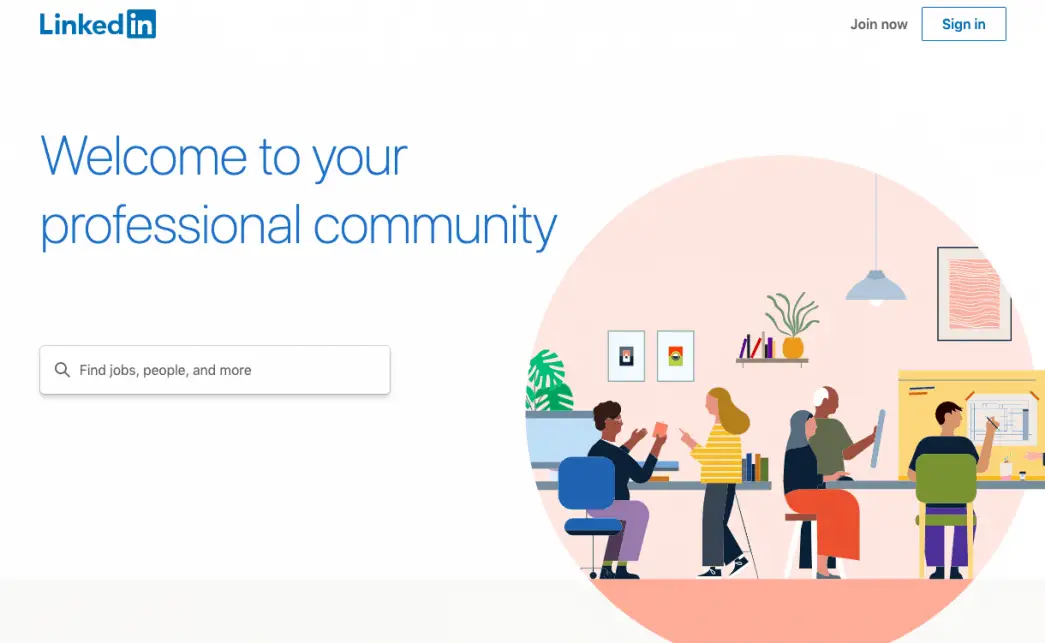
LinkedIn boasts over 660 million users. A study in 2017
found that over
122 million people have been invited for an interview through
LinkedIn.
As of 2019, LinkedIn has over 20
million job postings from across the world at any given time.
According to Statista, LinkedIn
generated over $5.2 billion in
revenue in 2018. In 2019, its projected revenue exceeds 6.75 billion dollars.
LinkedIn, too, used referrals to achieve virality. However, the
referral program employed was more traditional than modern – Reid Hoffman, the
founder, used his network of successful friends to lift LinkedIn off the
ground.
In a CNN
interview, Reid speaks about how the 13 people associated with the company
invited 112 people to join the platform.
Growth was slow, but the platform gradually began to gain traction in
Silicon Valley. By the end of the first week, they had over
12,000 registered users. In a year, the company had amassed over
500,000 users.
In 2005, the company launched three new revenue streams: job listings,
advertisements, and subscriptions. These made LinkedIn super profitable in 2006
(bringing in over
$10 million!).
#7. YouTube
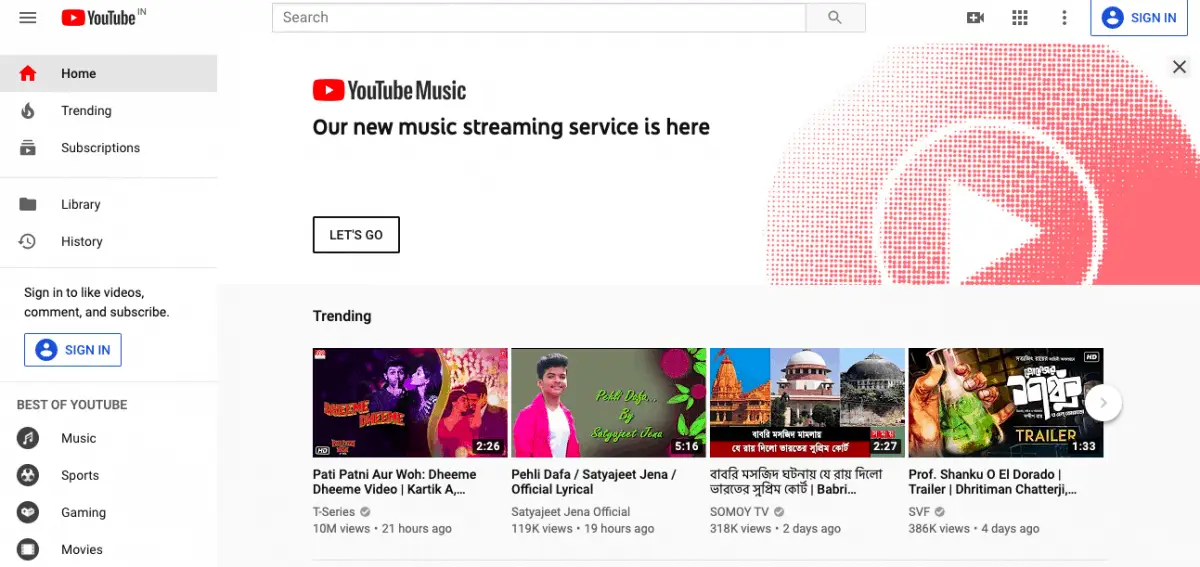
Each day, over one billion hours of video are
watched on YouTube. It is the second most visited site globally.
The website is worth over $160
billion by itself, not considering the revenue Google generates. YouTube will
generate an estimated 11.76
billion dollars in ad revenue in 2020.
YouTube hacked its growth by making the content on their website easy
to share.
Back in 2005, there was no easy way to share videos, and enabling
sharing video using embed codes on blogs, and even other websites put YouTube
front and center.
This move not only made their brand more recognizable, but it also
helped create the necessary backlinks that propelled their site’s popularity.
Their strategy worked, and by 2015, YouTube was processing over 3
billion searches every month.
#8. Hotmail
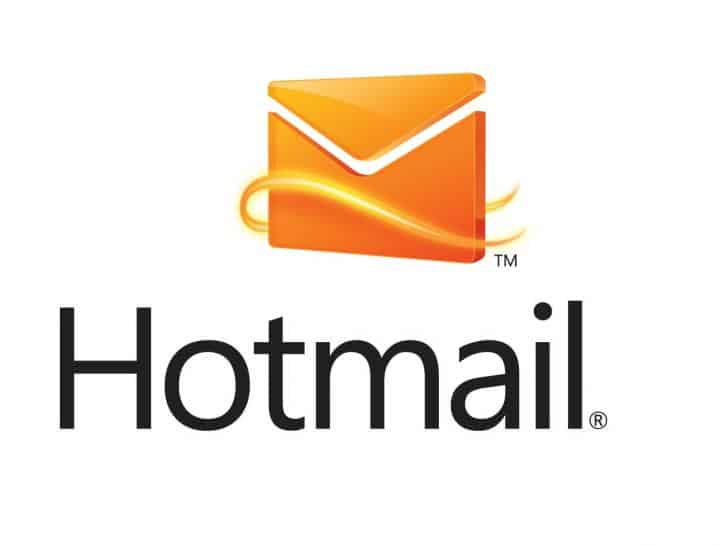
The email service launched in 1996. Only 20 days after its launch in
July, over
20,000 people were already using Hotmail.
It was growing so fast that the service caught Microsoft’s eye and was
sold for a whopping $400 million in 1997. At this point, Hotmail had already
amassed 12 million users (which was 1/5th of all
users on the internet).
How? It was because of an ingenious marketing tactic.
The founders came up with a way to pull new users without having to
spend any money. They included a “Get
your free email at Hotmail” signature at the end of every email that was
being sent.

Source:
https://www.flickr.com/photos/mynetx/4690702547
When the tag was clicked, the recipient was redirected to a sign-up
page using which one could create an account quickly.
#9. Gmail

In October 2018, Gmail had over 1.5
billion active users. It is the world’s most
used email domain.
Gmail wasn’t always this popular. However, when it was launched in
2004, it had much better email management capabilities than its competition,
which made it highly desirable.
Google generated hype for its email service using scarcity as a
marketing tactic.
Gmail was initially invite-only. Limited ‘invites’ were granted to
existing users, which created a lot of demand for the service.
The invites were so desirable that people began to auction them. You
would find people selling invites on eBay for
as much as $125 per invite!
#10. Groove

Groove had their “aha” moment when Alex Turnbull, the CEO, realized
that no other SaaS company employed content marketing as a growth tactic.
The company’s user base exploded when Alex decided to openly share his
experiences with his audience using the Groove blog.
He also reached
out to customers, asking them why they signed up with Groove.
This supplied valuable insight and enable better marketing.
Now, Groove is positioned to make over $10
million a year.
#11. Dropbox
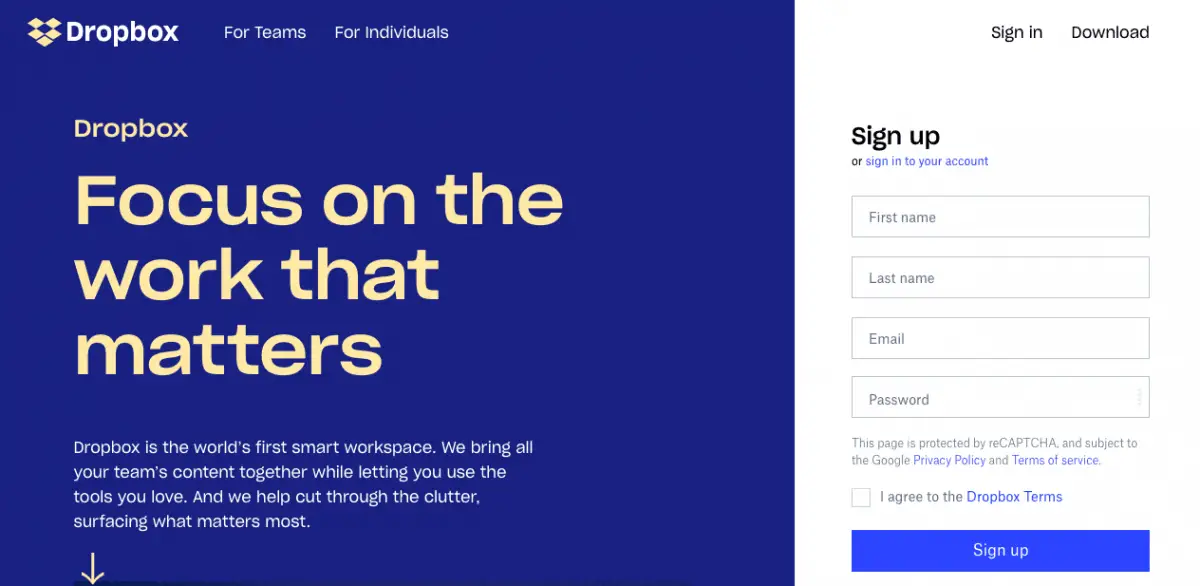
In April 2009, just two years of its inception, Dropbox had amassed
one million registered users.
Another million users had joined by September 2009, and another
million by November in the same year.
The rapid growth is a result of the company gamifying their services.
Existing users would get additional online storage when they completed
particular challenges. Inviting other users, following their social media
handles, sharing feedback, and even uploading files from select devices added
more and more space to the user’s account.
The company is worth now worth over 12
billion dollars and generated $400
million in the third quarter of 2019.
As of 2018, Dropbox has over
12.7 million paying users.
#12. Netflix
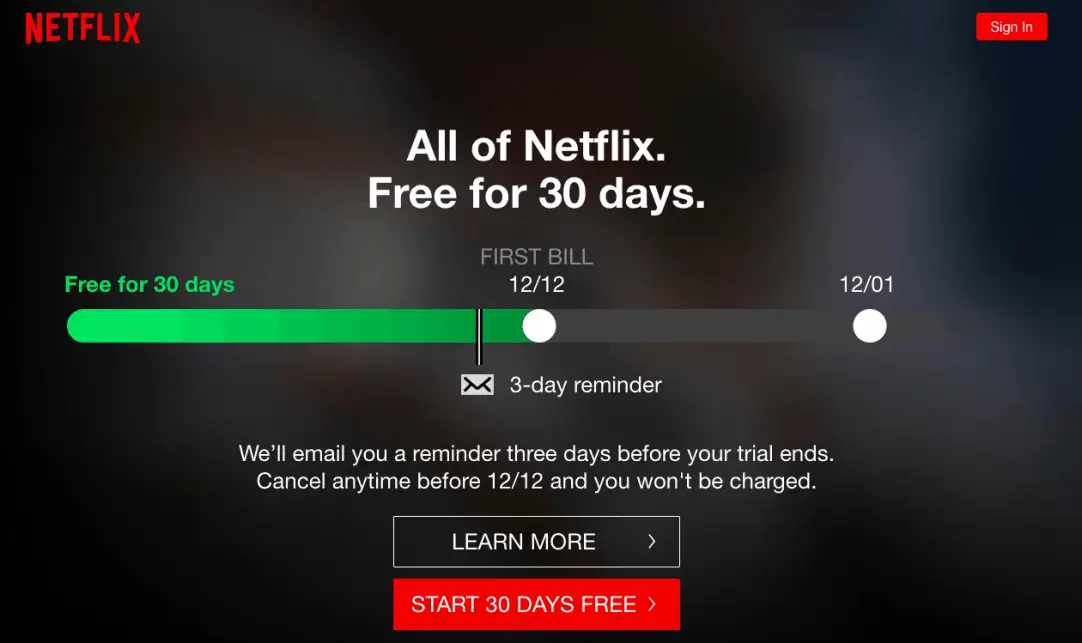
Netflix currently has over 158
million paying subscribers from across the globe.
Netflix has been in the movie renting business for over two decades.
However, it grew into a household name only because of targeted marketing.
Retargeting
the company’s finances to focus on the booming streaming industry gave
the company more marketing flexibility.
Investing capital generated into making exclusive movies and TV shows
also gave Netflix an edge over its competitors.
Catering recommendations based on location and culture made their
service super appealing.
The company generated a little over
$18.8 billion in 2019 and is worth $136.33
billion.
#13. Shazam

The app has been installed over
one billion times!
Shazam was perfectly positioned to make great use of word of mouth
marketing. When it was first launched in the UK in 2002, it was known as 2580.
It was an extension that, when dialed, would pick up the audio and return a message with the name of the track and its artist.
It became super popular in a matter of months.
As of 2018, the service is actively
used by 478 million people.
#14. Slack

Slack has it’s name up in the fastest growing business’s hall of fame.
It went from zero to being
worth seven billion dollars in less than five years!
The reason for the app’s rapid growth is excellent timing and better
PR.
With more and more startups popping up and rapidly scaling their
growth, there was a need for these teams to organize internal communication
better. Slack was the answer to every startup’s communication needs.
The PR team came up with a great hook, “The Email Killer.”
Using the founder’s reputation from their previous successful venture, Flickr,
the PR team connected with multiple tech publishers and attracted new users at
an exponential rate.
#15. HubSpot

Hubspot is valued at over
six billion dollars and generated
$513 million in 2018.
HubSpot gained popularity by supplying free online tools for people to
gain insights about their website and their Twitter
account.
These free tools were handy marketing tools and acted as a catalyst
for HubSpot’s initial growth.
Another super effective tactic that HubSpot employed is their blog.
They put up content that added a lot of value to readers’ lives.
The CTAs were tailored to match the post they were reading, which made for better conversion rates and higher brand engagement overall.
Growth hacking is
a relatively new marketing tactic. Although we can trace some similar tactics
back to their older, offline origins, it has been around for about ten years.
However, in this short time, we have already managed to create highly-effective techniques and even labeled some for conventional use.
Following these
techniques can work, but the real key to hacking growth lies in thinking
analytically and identifying growth opportunities.
These companies
found ways for people to start talking about their product and start adopting
it.
At the end of the
day, people must connect to the brand in powerful ways for the brand to gain
momentum in the market.
Even the most fruitful
modern marketing tactics are based on the principle of people connecting –
either with the company itself or with one another using the company’s
services.
Content marketing
and social media marketing work so
effectively for this reason.
Referral programs
used by Uber and Dropbox, Gmail, and Hotmail’s invite system and LinkedIn’s
networking tactic allowed people to connect and gain value over their
connection.
When YouTube
enabled sharing videos freely, It also allowed people to connect without
limitations.
Finding the right
pattern and tailoring it to work with the target user base is the right way to
hack a company’s growth. Nonetheless, the most effective growth hacking tactics
are those that find ways to connect people.
Keep reading the article at Blog – Blogging Cage. The article was originally written by Kulwant Nagi on 2019-12-26 03:35:00.
The article was hand-picked and curated for you by the Editorial Team of WP Archives.

